When you flip over a plastic water bottle and spot a tiny number 1 inside a triangle, you're actually holding one of the most widely used plastics on the planet—PET, or polyethylene terephthalate. Most folks never stop to ask, “What’s that number about?” but it’s not just a random stamp. That little ‘1’ clues you in about the type of plastic, how it’ll behave, whether it’s safe for reuse, and even how easily it can be recycled.
Knowing your plastics is a game-changer if you want to recycle right or cut down on unwanted chemicals in your drinks. For example, PET (the number 1 plastic) is designed for single-use. Most bottled water, sodas, and juice brands stick with it because it keeps drinks fresh and doesn’t shatter like glass. But here’s something people miss: reusing these bottles isn’t a great idea since they can start to break down and leach chemicals over time—especially if you toss them in your car under the sun.
- Decoding the Number 1 Plastic Symbol
- Why PET Rules the Bottling World
- What Happens When You Recycle PET Bottles
- How Plastic Manufacturers Guarantee Safety
Decoding the Number 1 Plastic Symbol
Ever stared at the bottom of a water bottle and spotted that small number 1 plastic symbol? That’s not just there for looks. It’s part of an international code called the Resin Identification Code, which helps tell plastics apart for recycling and safety. The number 1 stands for PET bottles—short for polyethylene terephthalate. It’s the go-to for drinks, cooking oil, salad dressing, and even some peanut butter jars.
Why does PET, and that number 1, matter? It answers some key questions: What’s this plastic made from? How safe is it? Can I recycle it easily? Here’s the deal:
- Made for Single Use: PET’s built to hold up for one use, not for refilling over and over. If you refill it, especially with hot liquids, it can start to wear down and shed microplastics.
- Easy to Recycle: Pretty much every curbside recycling program takes PET. You’ll usually see the number 1 with the chasing arrows—toss it in the recycling, not the trash.
- Clear and Light: PET is almost always clear and lightweight, which is perfect for seeing what’s inside and for hauling drinks around.
In fact, over 30% of all plastic bottles produced globally are made from PET bottles. That sheer volume means understanding the symbol helps you make quicker, smarter choices. Next time you see that number, you’ll know you’ve got a plastic that’s easy to spot, common in recycling, but definitely not one to keep reusing for months.
| Plastic Code | Plastic Type | Common Uses |
|---|---|---|
| 1 | PET (Polyethylene Terephthalate) | Water bottles, soda bottles, food jars |
| 2 | HDPE (High-Density Polyethylene) | Milk jugs, detergent bottles |
Bottom line? That number 1 isn’t just a recycling thing—it’s a quick way to spot PET bottles, check for recycling options, and steer clear of using them again and again.
Why PET Rules the Bottling World
Everywhere you look, from cheap water bottles at the grocery store to name-brand sodas, PET bottles dominate the shelves. There's a good reason for that: PET (polyethylene terephthalate) is kind of the MVP of the plastic world when it comes to packaging drinks. So, why does every big brand lean on number 1 plastic? It’s got a bunch of perks.
First off, PET is both light and tough. Ever try to crush a PET water bottle? They take some force! This means manufacturers can ship tons of them for cheap. It cuts down fuel costs and emissions simply because you’re not moving heavy glass or metal around.
Plus, PET bottles hold onto their shape, even under some serious pressure (like carbonated sodas). They’re also crystal clear, so you can see exactly what’s inside. People trust stuff they can see, so clear plastic works great for showing off colorful drinks or fruit juices.
Another big win: PET is safe for food contact. It doesn’t react with your drinks, so the flavor stays the same from factory to fridge. It’s also approved by food safety agencies around the world, including the US FDA and the European Food Safety Authority.
And, let’s talk about recycling. PET is one of the most recycled plastics out there. Data from 2023 showed that over 50% of PET bottles in Europe were collected for recycling. This kind of plastic gets a second (and third) life as clothes, carpets, or even more bottles — not every plastic can say that.
| Benefit | Why It Matters |
|---|---|
| Lightweight | Cheaper shipping & less fuel |
| Strong & Durable | No leaks or shattering |
| Food-Safe | No taste or chemical leaks |
| Clear | Lets consumers see product |
| Recyclable | Reduces environmental impact |
So the next time you grab a drink, know that PET bottles aren’t just about convenience. There’s solid science, safety, and smart business behind every bottle stamped with that little number 1.
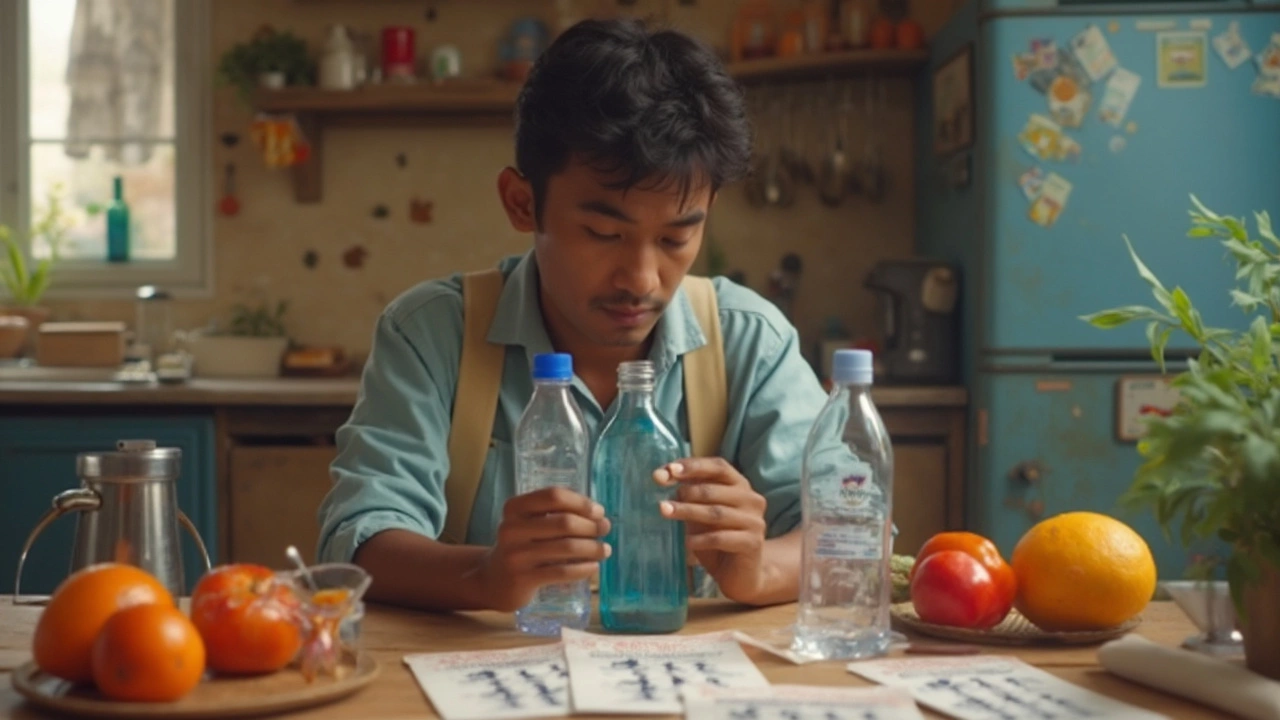
What Happens When You Recycle PET Bottles
Chucking your empty PET bottles into that blue bin is just the start. Once they leave your curb, things get surprisingly busy for what you thought was just trash. These bottles go to a recycling plant, where they’re sorted, cleaned, and chopped up into super tiny flakes. Not every bottle makes the cut—caps and labels, if you forget to remove them, usually get filtered out.
Recycling plants take these PET flakes and wash out any leftover drink, glue, or grime. Clean flakes mean a better-quality product on the other side—think new bottles, food packaging, or even clothing. Seriously, lots of polyester fleece hoodies started life as a soda bottle. PET is one of the few plastics that actually gets recycled in practice, not just theory.
Check this out:
| Step | What Happens |
|---|---|
| Collection | Bottles picked up from homes or businesses |
| Sorting | PET separated from other plastics |
| Shredding | Bottles ground into small flakes |
| Washing | Flakes cleaned and contaminants removed |
| Melting | Clean flakes melted down and formed into pellets |
| Remanufacturing | Pellets used to make new PET bottles, containers, or fibers |
That’s why when you hear companies bragging about using “100% recycled PET,” they’re mostly talking about these very pellets. One tip: if you want your bottles to be actually recycled, try to empty them and take the cap off first. That little habit makes the recycling process smoother and gets more bottles a second life. Fun fact—according to the National Association for PET Container Resources, around 1.9 billion pounds of PET bottles are recycled every year in the U.S. alone. That’s a lot of fleece jackets and new soda bottles!
How Plastic Manufacturers Guarantee Safety
So, what do plastic manufacturing companies do to make sure your bottle of water or soda is actually safe? It all starts before the bottle even exists. The raw materials for number 1 plastic (that’s PET) go through strict quality checks—there’s no room for shortcuts here, because nobody wants weird tastes or chemicals in their drinks.
These companies follow food safety standards set by authorities like the FDA and the European Food Safety Authority. They're not just going with a best guess; every batch of PET bottles is tested for things like heavy metals, toxins, and contaminants. If anything’s out of line, that batch never leaves the factory.
The actual making of the bottles is everything. Most modern plants use high-tech robotic systems to heat and mold PET granules at very high temperatures—usually above 250°C. Why so hot? That temp kills germs and makes sure you don’t end up with bacteria lurking inside the plastic that could later leach into your drink. It also helps the bottles come out stronger and less likely to split or leak.
Another thing companies keep a close eye on: migration testing. This isn’t about birds—it’s about making sure chemicals in the PET won’t move into your water or juice, even if it sits in a bottle on a sunny shelf. Labs put the bottles through worst-case scenarios, like hot warehouses or acidic juices, to test for anything dangerous seeping through.
- Using only approved food-grade PET raw materials
- Running regular chemical and microbiological tests
- Sanitizing factory equipment frequently
- Checking bottles for leaks and weak spots with pressure tests
- Tracking batches for recalls if anything ever goes wrong
And, check this—around 95% of factories producing plastic bottles for drinks are certified under ISO 22000 or a similar food safety standard (not just a random claim; you can look up these audits online). So if you’ve wondered why most bottles look the same and feel super clean, that's the science and strict quality control at work. That tiny number 1 isn’t just a recycling symbol—it’s a signal of a whole bunch of safety steps behind the scenes, all built to keep you healthy and the drink inside fresh.


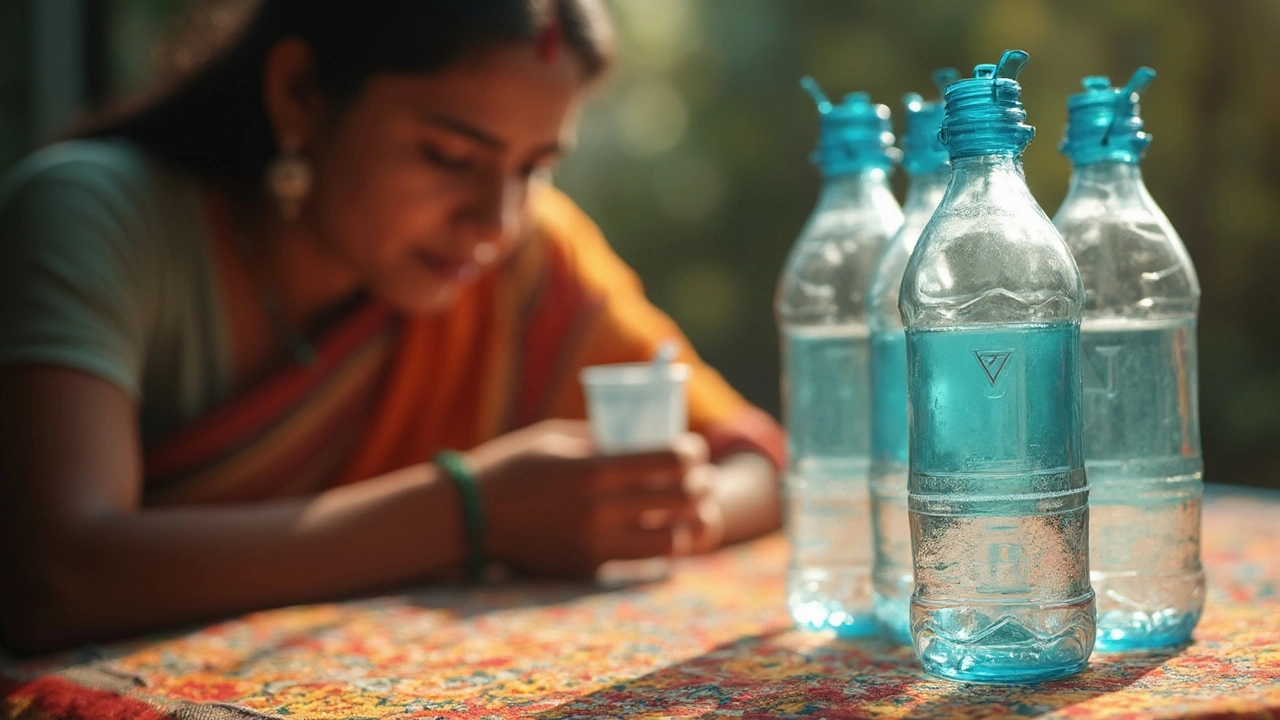


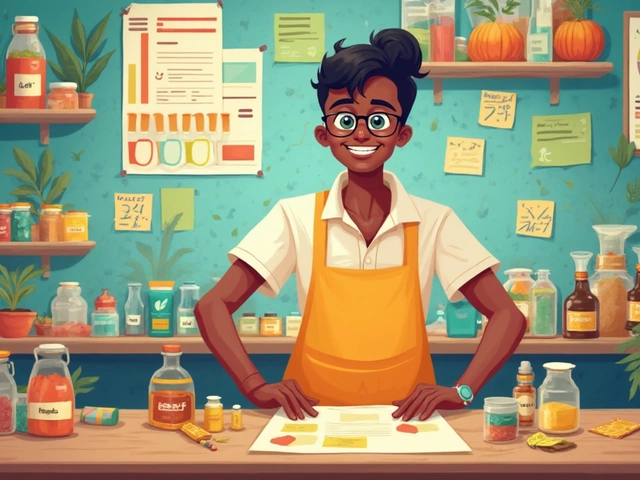

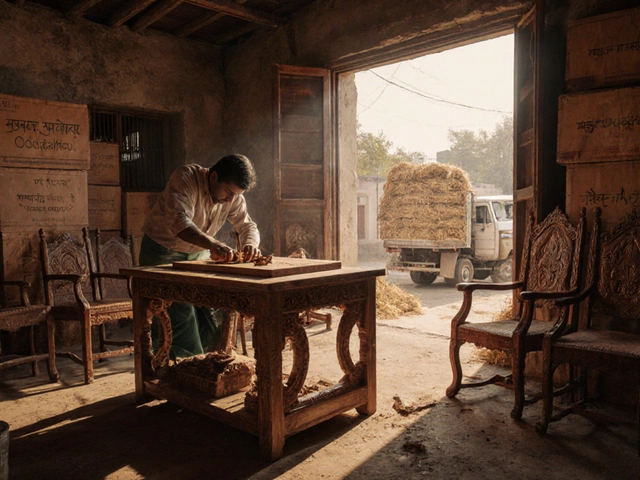


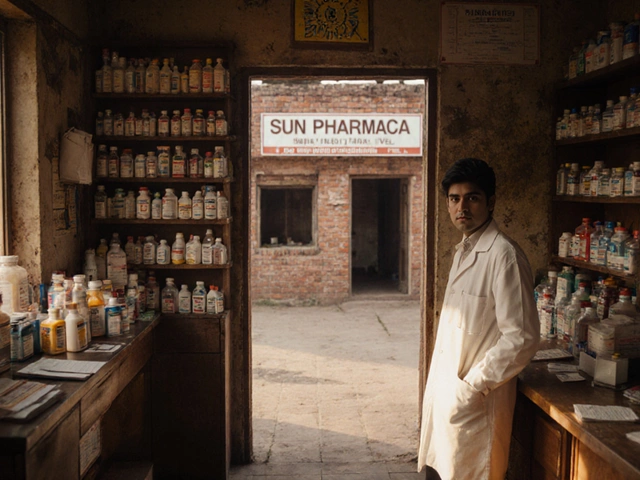
Write a comment